Table of Contents
Are you a frequent flyer? Do you ever wonder about the safety records of the airlines you choose to travel with? If so, this article is for you. We have researched and compiled a list of the airlines with worst safety records, so you can make informed decisions about your flying experience.
From fatal accidents to incidents that put passengers in danger, the aviation safety records of some airlines are less than stellar. We will take a closer look at these airlines, their safety records, and what you need to know before booking your next flight.
Whether you are a seasoned traveler or a first-time flyer, safety should always be a top priority when it comes to commercial aviation. So, sit back, buckle up, and let’s take a closer look at the most dangerous airlines in the world.
History of Airline Safety
When you step onto an airplane, you trust that you will arrive at your destination safely. However, this trust has not always been well-placed. In the early days of commercial aviation, safety was not a top priority, and accidents were common.
It wasn’t until the mid-20th century that safety regulations began to be implemented. The Federal Aviation Administration (FAA) was created in 1958 to oversee air travel safety in the United States. The FAA has since implemented a number of safety regulations, including requirements for aircraft maintenance, pilot training, and air traffic control procedures.
Despite these regulations, accidents still occur. In recent years, there have been several high-profile accidents involving commercial airlines. These accidents have led to increased scrutiny of airline safety practices and calls for even stricter regulations.
One major factor in airline safety is the age of the aircraft. Older planes are more prone to mechanical failure and other issues. Some airlines have been criticized for using older planes that may not meet modern safety standards.
Another factor is the training and experience of the pilots. Pilots must undergo rigorous training and testing to obtain their licenses, but some airlines have been criticized for cutting corners on pilot training to save money.
Despite these challenges, the aviation industry has made great strides in improving safety in recent years. Commercial aviation is now one of the safest modes of transportation, with a very low accident rate compared to other forms of transportation.
Airline Safety Records

When it comes to flying, safety should always be your top priority. Unfortunately, not all airlines are created equal when it comes to safety records. In this section, we will take a closer look at the airlines with the worst safety records and the ones you can trust to get you to your destination safely.
The Top 10 Most Airlines with Worst Safety Records

Based on data from recent years, the following airlines have the worst safety records:
- Malaysia Airlines
- Ethiopian Airlines
- Egyptair
- Air France
- Saudia
- Pakistan International Airlines
- Iran Air
- United Airlines
- Kenya Airways
- Garuda
It’s important to note that just because an airline is on this list does not mean that it is unsafe to fly with them. However, it is always a good idea to do your research and be aware of any safety concerns before booking your flight.
The Top 10 Most Safest Airlines
If safety is your top concern when flying, you may want to consider booking with one of the following airlines:
- Qantas Airways
- Air New Zealand
- EVA Air
- Emirates
- Etihad Airways
- Cathay Pacific Airways
- Singapore Airlines
- Virgin Atlantic
- Delta Air Lines
- JetBlue Airways
These airlines have a proven track record of safety and are committed to ensuring the safety and well-being of their passengers and crew.
When it comes to flying, it’s important to do your research and choose an airline with a strong safety record. By booking with one of the safest airlines, you can rest assured that you are in good hands and focus on enjoying your journey to your destination.
Fatal Accidents and Hull Losses
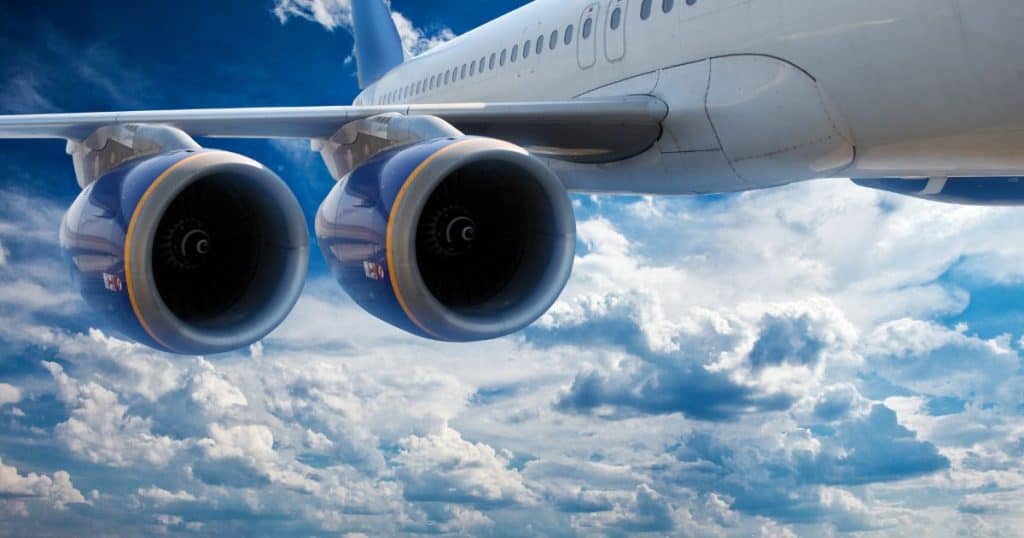
Flying is one of the safest modes of transportation, but accidents can still happen. Unfortunately, some airlines have a worse safety record than others.
In this section, we will take a closer look at fatal accidents and hull losses, and the airlines that have experienced them. A fatal accident is defined as an accident that results in at least one passenger or crew member being killed. A hull loss is an accident that results in the aircraft being destroyed beyond repair.
According to the Aviation Safety Network, there were a total of 556 fatalities from 14 fatal accidents involving airliner (14+ passengers) hull-loss accidents in 2022. This is a decrease from the previous year, which saw 628 fatalities from 17 fatal accidents.
When it comes to the worst safety records, some airlines stand out. Malaysia Airlines, for example, has had two tragic incidents in recent years, including the disappearance of Flight MH370 and the shooting down of Flight MH17. Other airlines with poor safety records include Trigana Air Service, Lion Air, and AirAsia. In terms of hull losses, the Boeing 747 has had the most accidents resulting in hull losses, with a total of 61 incidents as of 2023.
However, it’s important to note that the 747 has been in service for over 50 years and has flown millions of flights, so the number of accidents is relatively low.
Overall, it’s important to do your research before booking a flight with a particular airline. While accidents can happen to any airline, some have a better safety record than others. Always prioritize safety when it comes to air travel.
The Worst Airlines in America
When it comes to flying, safety is always a top concern. Unfortunately, not all airlines have the same safety record. In this section, we’ll take a closer look at the worst airlines in America.
According to data from the National Transportation Safety Board Accident Database, some airlines have had more accidents and fatalities than others. American Airlines and Air France have both had the most plane crashes, with 11 each. However, when it comes to fatalities, American Airlines tops the list with 858 fatalities, followed by United Airlines with 288 fatalities.
But it’s not just about the number of accidents and fatalities. Some airlines have also been criticized for their safety practices and procedures. JetBlue, for example, was ranked as the worst U.S. airline in terms of safety by The Wall Street Journal. The ranking relied on data from the U.S. Department of Transportation and aviation analysis software firm masFlight.
So, what makes an airline unsafe? It could be a number of factors, including poor maintenance, inadequate training for pilots and crew, or outdated equipment. Whatever the reason, it’s important to do your research before booking a flight.
Here are some of the worst airlines in America, based on airlines with worst safety records:
| Airline | Number of Accidents | Number of Fatalities |
|---|---|---|
| American Airlines | 11 | 858 |
| United Airlines | 8 | 288 |
| Delta Air Lines | 5 | 134 |
| Alaska Airlines | 3 | 88 |
| Southwest Airlines | 1 | 1 |
| Horizon Air | 1 | 1 |
Of course, it’s important to note that just because an airline has had accidents or fatalities in the past doesn’t necessarily mean it’s unsafe to fly with them now. Airlines are constantly working to improve their safety practices and procedures, and accidents can happen to any airline.
That being said, if safety is your top priority, it may be worth doing some extra research before booking your next flight. Look for airlines with a strong safety record and a commitment to safety, and don’t be afraid to ask questions or voice your concerns. Your safety is the top priority, and it’s important to make sure you feel comfortable and confident when flying.
Airline Safety Regulations
When it comes to flying, safety is always the top priority. Airlines are required to follow strict regulations to ensure the safety of their passengers and crew. These regulations cover everything from aircraft maintenance to pilot training to emergency procedures.
The Federal Aviation Administration (FAA) is responsible for enforcing these regulations in the United States. The FAA conducts regular inspections of airlines to ensure that they are complying with all safety regulations. They also investigate accidents and incidents to determine the cause and take appropriate action to prevent similar accidents from happening in the future.
One of the most important safety regulations is the requirement for airlines to perform regular maintenance on their aircraft. This includes everything from routine inspections to major repairs. Airlines must also keep detailed records of all maintenance performed on their aircraft.
In addition to aircraft maintenance, airlines must also ensure that their pilots are properly trained and qualified. Pilots must undergo extensive training before they are allowed to fly commercial aircraft. They must also pass regular proficiency tests to ensure that they are still capable of flying safely.
Airlines are also required to have emergency procedures in place in case of an incident or accident. This includes procedures for evacuating the aircraft, handling medical emergencies, and dealing with other types of emergencies that may arise.
Overall, airline safety regulations are designed to ensure that flying is as safe as possible. While accidents do happen, the regulations in place help to minimize the risk and keep passengers and crew safe.
Investing in Airlines with Poor Safety Records
Are you considering investing in airlines with poor safety records? While it may seem like a tempting opportunity to make a quick profit, it’s important to understand the risks involved. In this section, we’ll explore the impact of safety records on airline stocks and the potential dangers of investing in unsafe airlines.
The Risks of Investing in Unsafe Airlines
Investing in airlines with poor safety records can be a risky proposition. Not only are these airlines more likely to experience accidents and incidents, but they may also face increased regulatory scrutiny and potential legal action. This could lead to significant financial losses for investors.
Moreover, investing in unsafe airlines could damage your reputation as an investor. If you’re known for investing in companies with poor safety records, it could harm your ability to attract new investors or partners in the future.
The Impact of Safety Records on Airline Stocks
It’s no secret that safety records can have a significant impact on airline stocks. When an airline experiences a major accident or incident, its stock price can plummet, often taking months or even years to recover. This can be particularly damaging for investors who are looking for short-term gains.
On the other hand, airlines with strong safety records tend to outperform those with poor safety records over the long term. For example, Warren Buffett’s Berkshire Hathaway has invested heavily in airlines with strong safety records, such as Delta and Southwest, and has seen significant returns as a result.
When it comes to investing in airlines, it’s important to consider not just safety records, but also other factors such as financial performance, management, and industry trends. While it may be tempting to chase high returns in the options market or make stock picks based on a single biotech stock pick, a diversified portfolio, and a long-term wealth-building strategy are often the best approach.
Finally, it’s important to be mindful of annual fees and compounded returns when investing in stocks, as well as the potential risks and rewards of investing in a closet index fund or hedge fund. By taking a thoughtful and strategic approach to invest, you can minimize your risks and maximize your returns over the long term.
Conclusion
Now that you have read about the airlines with the worst safety records, it’s important to remember that safety should always be a top priority when choosing an airline. While accidents can happen, it’s important to choose an airline with a proven track record of safety and maintenance.
Remember to always do your research before booking a flight, and consider factors such as the airline’s safety record, maintenance practices, and overall reputation. You can also check with organizations such as the Federal Aviation Administration for information on an airline’s safety record.
While some airlines may offer cheaper fares or more convenient routes, it’s not worth risking your safety to save a few dollars. Always prioritize safety when choosing an airline and take the necessary precautions to ensure a safe and enjoyable flight.
By being informed and aware of the potential risks, you can make informed decisions about your travel plans and ensure that you arrive at your destination safely and without incident.
Remember, your safety is the most important thing when traveling by air. Don’t take unnecessary risks and always prioritize safety when choosing an airline.

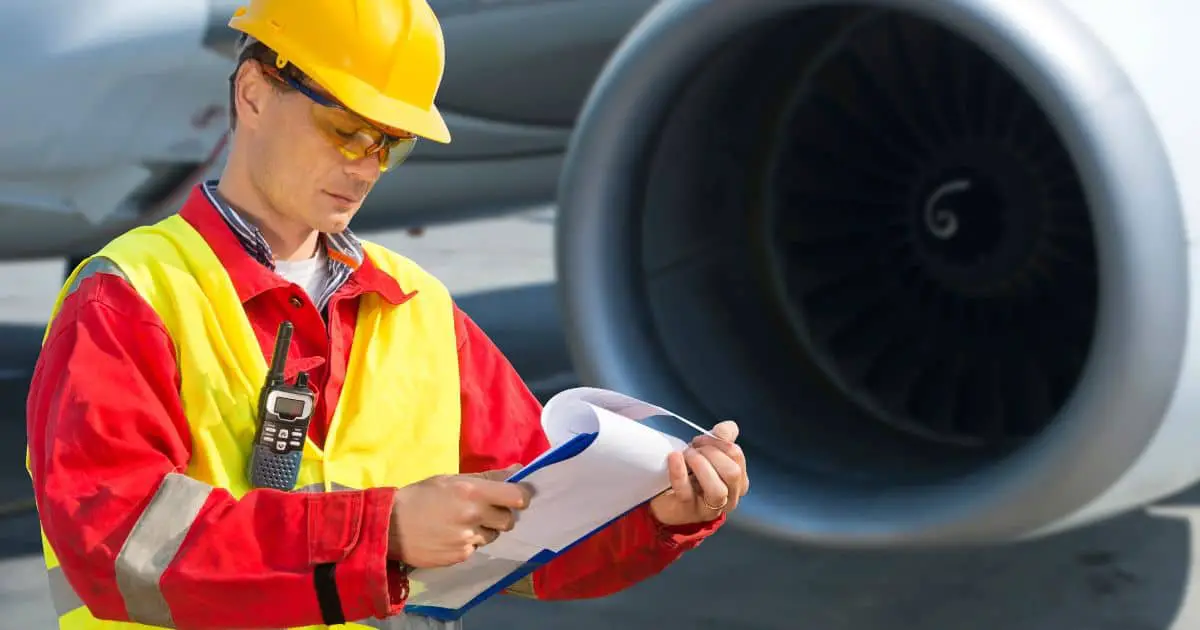
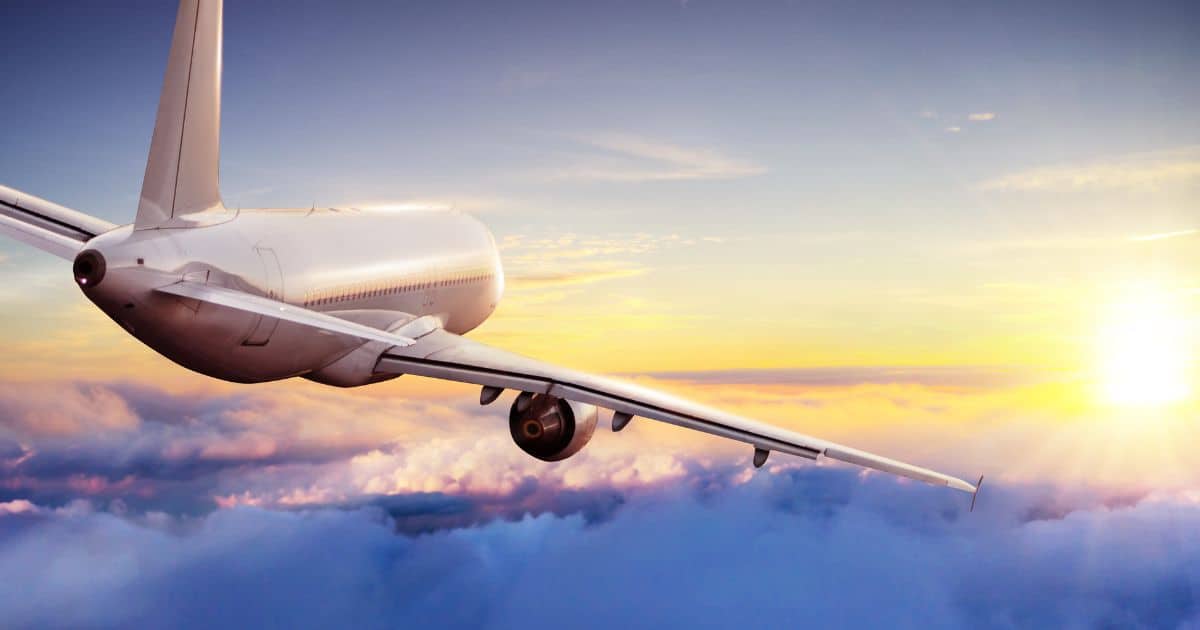
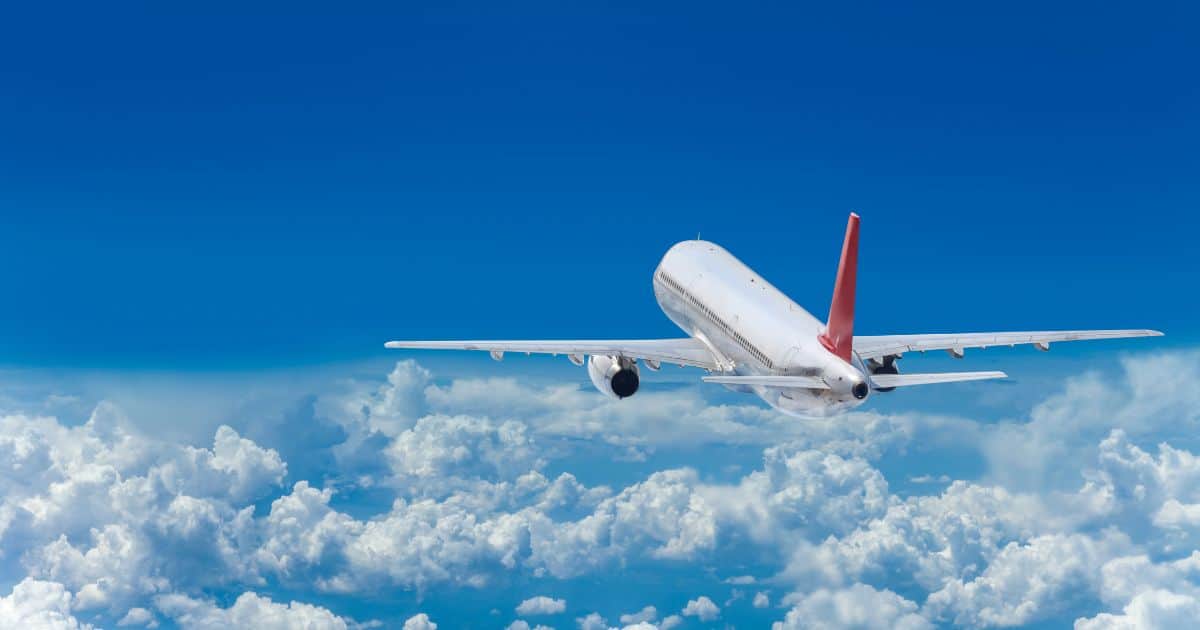
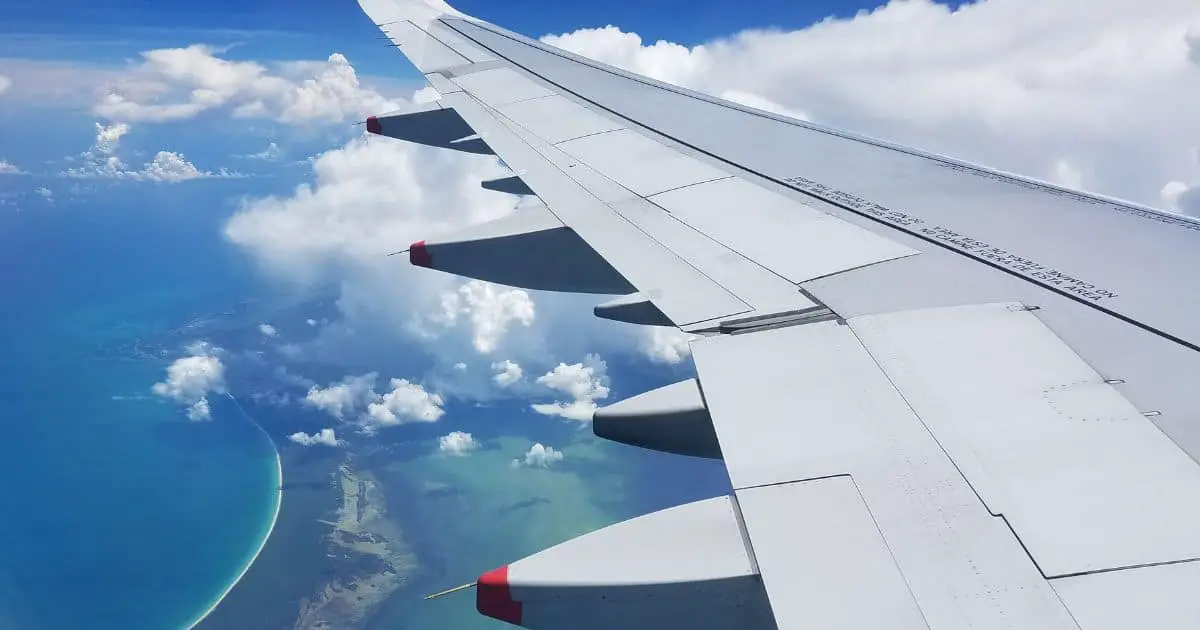
Leave a Reply